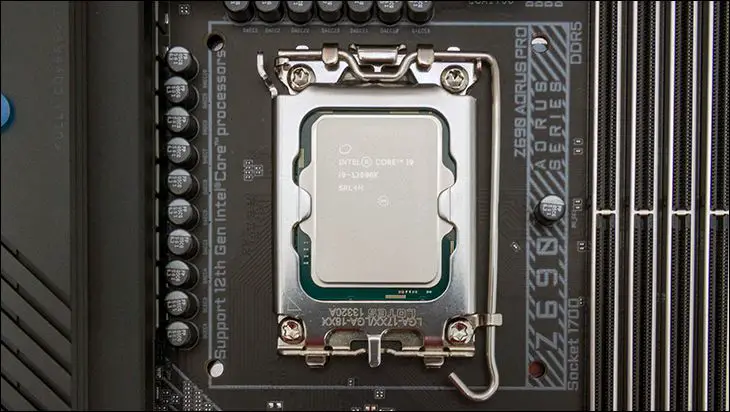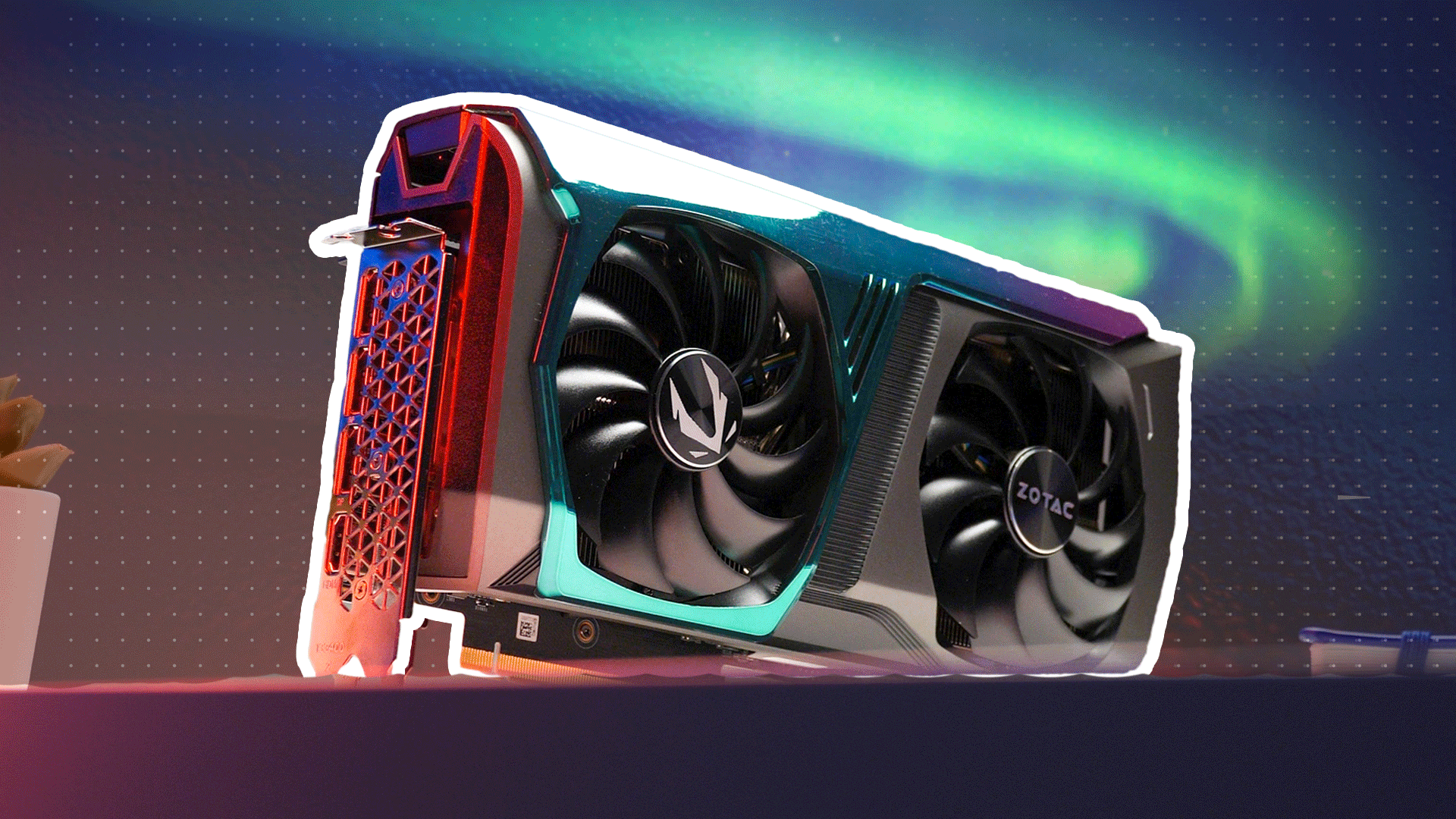Unlike Lexar or SanDisk, Silicon Power does not spend a lot of money on a fancy shipping container. Instead it is a simple cardboard sleeve with – thin- plastic clamshell affair. This is not to say that this is not an attractive or informative shipping container – as it is both. Instead they simply feel that a box to hold a CompactFlash card is not needed. This does unfortunately have a negative consequence of making it easier to overlook on store shelves.
On the positive side the front of the sleeve not only goes over the usual details but also states what the cards performance rating is in MB/s. More importantly it lists both the read and write performance specifications. In this model’s case this means 165MB/s read and 151MB/s write… which is impressive to say the least. More to the point we personally are ambivalent on box vs sleeve issue as this shipping ‘container’ does get the job done and we throw out CompactFlash shipping containers as soon as they are opened. Also, by actually showing the card – and not just a picture – inexperienced buyers are less likely to choose the wrong storage type for their camera. So it is a bit of a wash and will come down to personal preference on what you consider important in a shipping container.
Upon opening up the sleeve and clamshell we did receive a bit of a surprise. Usually, and we mean almost always, any external storage device intended for cameras always comes with a free plastic storage container. This small container allows owners the luxury of keeping their secondary/tertiary/etc. card safe and sound when stored in a camera bag and just rustling around willy-nilly inside a crowded bag. The Silicon Power Superior CF 1100X does not come with this arguably crucial accessory. Instead that plastic clamshell holder housed in the sleeve is not a long-term storage accessory. Instead it simply a short term, and down right flimsy, plastic shipping container that will not lock closed as it is intended to be thrown out once the sleeve is opened.
This is not how you make a good first impression. Yes the typical free storage container that comes with camera cards is barely adequate and most professionals, ourselves included, quickly replace them with a good multi-card holder like the Pelican ‘0945’ … but the average consumer does not take this extra step. Instead they rely upon the free container to keep their drives safe when not housed inside a camera. Obviously the typical consumer is not the target demographic of this card, but by not including this cheap, usually one dollar or less , accessory Silicon Power is doing themselves a great disservice. Silicon Power is not as well-known as Lexar or SanDisk in North America and when professionals hear they are cutting this puzzling corner… they will be less inclined to take a chance on this card vs. going with their tired and true options.
Now on to the actual goodness people are actually buying. As expected the Silicon Power 1100X 64GB is a Type 1 CompactFlash card and not the oddball Type 2. For those who have never actually handled a CompactFlash card, CompactFlash cards actually do come in two distinctive standards. Type 1 and Type 2. Both have the same length and width, but Type 2 are 5.5mm thick instead of 3.3. In practical terms this does limit the amount NAND ‘chips’ that can be housed inside a Type-1 card. With MLC and, shudder, TLC based models this really is not that big a deal but when dealing with SLC it is. To hit a given capacity point SLC will take up twice as much room as MLC, and three times as much as TLC.
We mention this only to explain why the Silicon Power Superior CF 1100X model tops out at ‘only 64GB’ while SanDisk and Lexar have cards that can store a lot more. The upside to using lower density SLC NAND is it is much, much more durable. Silicon Power Superior CF 1100X states proudly on their shipping sleeve that their SLC is rated for ‘up to’ 100,000 writes. This however is a bit misleading. The last generation of SLC that was rated for 100,000 was in the 54nm days. Instead, modern SLC NAND is rated for about 50,000 write cycles vs 5,000 for MLC and 1.5 to 3K for TLC. The only ‘Single Layer Cell’ NAND in production that can be considered to have a 100,000 write cycle is enterprise grade SLC – usually called e-SLC for short. While it is possible they are using e-SLC it would indeed be eyebrow raising as that brings new meaning to the phrase ‘overkill’. In either case the Silicon Power Superior CF 1100X is easily ten times as durable as the typical CompactFlash drive… and would have been both a more accurate and easily understandable headline for this model.
More importantly the Silicon Power Superior CF 1100X is probably going to be even more long-lived as heat is what usually kills camera cards. For the typical consumer who only takes one or two shots at a time this 10-fold liespan is about right. But for those who ‘burst shoot’ a lot, i.e. take 7fps until the buffer is filled and then do it all over again during a photoshoot, this cooler running SLC NAND is going to get a lot closer to its erase cycle rating than MLC will ever. As such for professionals the ten-fold increase in lifespan is being rather conservative and it more than likely will be a twenty to thirty fold increase in lifespan.
On top of this increase in durability is also an increase in performance. SLC NAND is simply faster at writing as the controller does need to baby the ‘fragile’ NAND cells like it has to with MLC or TLC NAND. As we will show you in the next page this is why this CompactFlash card acts more like an older generation CFast card than the typical CompactFlash card. Yes it is fast for CompactFlash… and this improved durability and performance is all because Silicon Power used superior NAND.
This obviously begs the question on why SLC based CompactFlash cards are as rare as hen’s teeth. After all, SLC is the best option available and yet nearly the entire industry has moved to MLC and even TLC NAND. The reason that most CompactFlash cards don’t use SLC anymore is because of price. SLC does not cost one or two times more than MLC it costs more like two to three times as much. This is why the Silicon Power Superior CF 1100X costs so much more compared to SanDisk and Lexar options. To be precise the Silicon Power Superior CF 1100X 64GB costs $3.13 per Gigabyte vs $1.33 for a Lexar 1066X 64GB.
So is this noticeable increase in price and lowered capacity options worth it? We think so, but let’s show you the numbers so you can decide for yourself.










